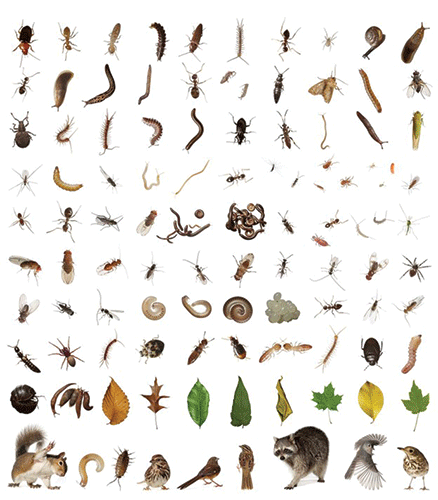 The International Museum of Art & Science (IMAS) announces the temporary exhibition “Life in One Cubic Foot.” The exhibition follows the research of Smithsonian scientists and photographer David Liittschwager as they discover what a cubic foot of land or water—a biocube—reveals about the diversity of life on the planet.
The International Museum of Art & Science (IMAS) announces the temporary exhibition “Life in One Cubic Foot.” The exhibition follows the research of Smithsonian scientists and photographer David Liittschwager as they discover what a cubic foot of land or water—a biocube—reveals about the diversity of life on the planet.
“Life in One Cubic Foot” will be on view through February 6, 2023. The exhibition is organized by the Smithsonian Institution Traveling Exhibition Service in collaboration with the Smithsonian’s National Museum of Natural History.
A biocube—the tool at the heart of the exhibition—is a 1-by-1-by-1-foot framed cube that organisms from the surrounding environment can enter and pass through. Biocubes featured in the exhibition were placed in environments across the globe to learn what forms of life, both known and unknown, could be found in the cube during a 24-hour period. In addition to exploring life through the exhibition, visitors are also invited to participate in citizen science and uncover the biodiversity in their backyard by creating and monitoring their own biocube.
“Life in One Cubic Foot” explores life from exotic environments, like the coral reefs of French Polynesia and the alien mid-water ocean off the coast of California to the more familiar locales, like New York City’s Central Park. Hundreds of different organisms ranging in size from the head of a pin to the full size of the biocube are featured in the exhibition through collages of photographs, models, interactive elements and exhibition videos.
Biocubes in the exhibition were not only used by scientists to explore what is already known about life on Earth but also to spotlight how much biodiversity remains for aspiring scientists to discover. Scientists estimate that there are more than one million species still unknown or unnamed by scientists.
Visitors are invited to build their own biocube and contribute to citizen science by studying and sharing discoveries from their neighborhood habitats. Visitors can explore the National Museum of Natural History’s website (https://naturalhistory.si.edu/) to watch a video about biocubes and learn how to build, deploy and study their own biocube. They may also share their findings with the greater scientific community.
IMAS is located at 1900 W. Nolana Ave. Their hours are Wednesday-Saturday, 10 a.m. to 5 p.m. and Sunday 1 to 5 p.m.













